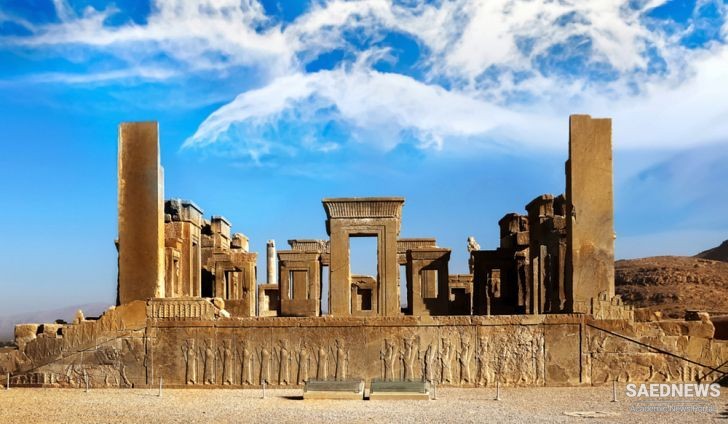Seleucus, one of Alexander's generals, seized Babylon in 312 B.C. and forged a large empire which included most of western Asia. The eastern provinces of the empire, however, where the Parthians, Bactrians, Sogdians and Chorasmians lived, did not remain long in the possession of the Seleucids, slipping away from their hold when the satrapies of Bactria and Parthia aspired to sovereignty. The defection in 246 B.C. of Diodotus, satrap of Bactria, marked the beginning of a new dynasty, the Greco-Bactrian, which gradually expanded southward, occupying the Kabul valley, the Peshawar region, and Taxila in the Punjab. Eventually this led to the formation of other dynasties with a southward bent - the Indo-Greek, Indo-Scythian and Indo-Parthian. They controlled Afghanistan, northwestern India, and sometimes beyond, before the Kushans, leading some powerful Saka tribes, supplanted them in the 1st century A.D. In 238 B.C., or possibly ten years earlier, the Parni, a tribe of the Dahae confederacy in Transoxiana, invaded Parthia and established the Arsacid dynasty, which was to rule in Iran for some 500 years. Having first challenged the Seleucid power in Parthia and Hyrcania, the Arsacids pressed westward eventually capturing Babylon under Mithradates I in 141 B.C. and turning their kingdom into an empire; the Seleucids were forced to retreat to Syria and Asia Minor. The Seleucid rule over the western Iranian territories, then, lasted some 170 years, and over eastern Iran less than 70. However, the successor Greek dynasties in the east, and the Greek colonies which were settled in Alexandrias, Antiochias and other widely established cities, remained an instrument of Hellenization long after the Seleucid sovereignty had been eclipsed in Iran. In the end the vigour and vitality of the Arsacids declined and their empire deteriorated into a number of bickering kingdoms, thus exposing the country to humiliating defeats at the hands of Roman emperors. A new force then gathered and took shape in Persis, giving rise to the Sasanian dynasty, bent on restoring the land to its erstwhile power and prestige. Ardashir I, the founder of this dynasty, defeated his Arsacid overlord c. A.D. 224 and united the country under his banner. True to his aspirations, he invaded the Roman eastern provinces in 230 and again in 238, and conquered the fortified cities of Nisibis, Carrhae and Hatra. His able son Shapur I, heading an army whose confidence had been reinforced and morale strengthened, continued his father's drive east and west. He conquered new territories and overthrew the Romans in cities of Syria and Asia Minor, even taking the emperor Valerian prisoner in 259. Under this monarch the Sasanian empire reached its greatest extent, stretching, according to Shapur's great inscription on the Kac ba-yi Zardusht at Naqsh-i Rustam, from Central Asia and Chinese Turkistan to the Indus valley and from Anatolia and Caucasia to the southern shores of the Persian Gulf.


 Greco-Persian Wars: Early Mobilization of Military Technologies in Ancient Persia
Greco-Persian Wars: Early Mobilization of Military Technologies in Ancient Persia














































